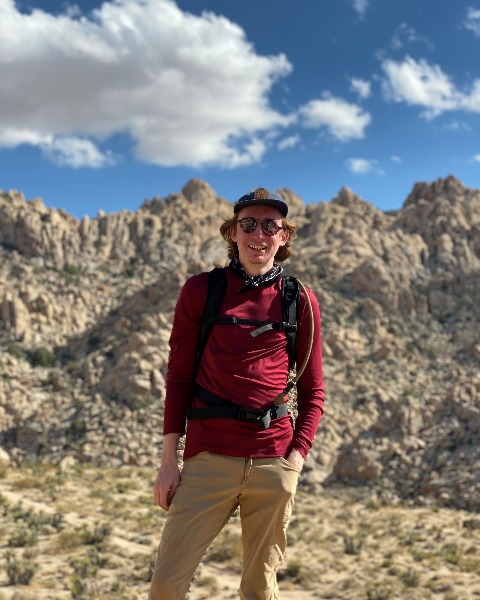10-Minute Presentation
Plant-Insect Ecosystems
Efficacy of lipid-soluble dyes in navel orangeworm, Amyelois transitella

Jonah Kenneth Brosemann
Biological Science Laboratory Technician
USDA-APHIS
Phoenix, Arizona- JQ
Jeanbaptiste Quirino
Lab Manager
ACRPC
Gilbert, Arizona - ES
Ethan Stahura
Lab Manager
ACRPC
Mesa, Arizona - GT
Guolei Tang
USDA-ARS
Phoenix, Arizona - MG
Michael A. Garvey (he/him/his)
Supervisory Agriculturist (Asst. Lab. Dir.)
USDA-APHIS
Chandler, Arizona
Presenting Author(s)
Co-Author(s)
A sterile insect technique (SIT) project to manage Amyelois transitella, the Navel orangeworm (NOW), which is a key pest of tree nut crops, has been in development by USDA-APHIS and other government agencies and industry stakeholders since 2015. A quality marking technique is paramount for SIT to track sterile individuals in the treated area and ascertain an overflooding ratio. This is a form of mark-release-recapture, in which studies are essential to understanding an insect’s role in their natural environment. Currently, SIT NOW are tracked in the demonstration release area using an internal marker, a single lipid-soluble dye that accumulates in the fat body of NOW. These existing methods were adapted from previous research on other lepidopteran pests, mainly the pink bollworm, but have not been fully validated for NOW. This method also yields only a monochromatic approach and, while acceptable for program needs, is not sufficient for more complex research experiments. To fill this knowledge gap, we tested the efficacy of the current internal marking dye and another related but different lipid-soluble dye. The longevity and temporal limitations of the existing dye and the newly proposed dye were tested across NOW moths of both sexes crossed with two different age classes. We found that the newly proposed dye (Sudan Black) was an appropriate alternative to the existing dye (Calco Red), although dye presence decreased in moths under field conditions for more than 2 weeks.

.png)
